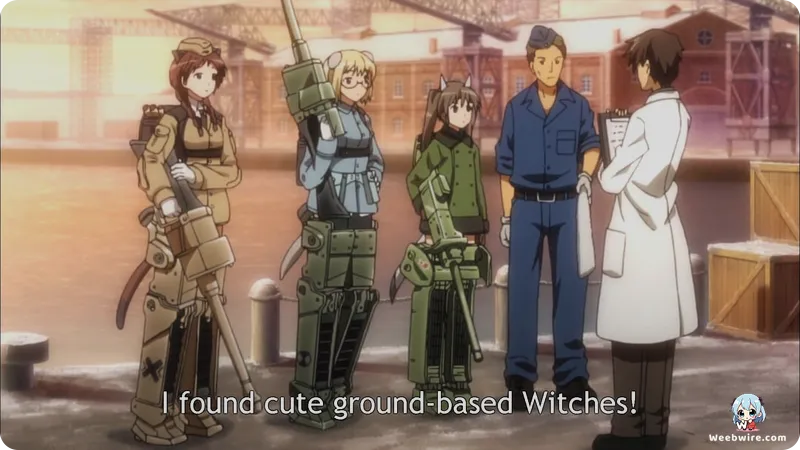The Secret History of Strike Witches: How WWII Aces and Legendary Aircraft Shaped the Iconic Anime

Since its debut in 2008, the anime series Strike Witches, produced by Studio GONZO, has established itself through an explosive combination of action, science fiction, and distinctive ecchi elements. While the franchise is widely recognized for its high-flying aerial combat and the unusual attire of its protagonists—young magical girls battling an alien threat known as the Neuroi—a deeper analysis reveals a meticulously researched alternate history rooted in World War II aviation lore. Far from being solely action entertainment, the world of Strike Witches offers dedicated viewers a surprising depth of historical reverence and technical trivia.
Honoring WWII Flying Aces
The foundation of the series rests upon honoring decorated historical figures. The setting is an alternate 1940s Earth, referred to as Terra, where humanity’s defense relies on the magical abilities of young flying soldiers, specifically the Witches of the 501st Joint Fighter Wing. Each core character serves as a direct, albeit fictionalized, tribute to a specific WWII flying ace. For instance, the protagonist, Yoshika Miyafuji, mirrors the Japanese Imperial Navy pilot Jun-ichi Sasai.
The German Witches, Gertrud Barkhorn and Erica Hartmann, are unmistakable homages to Gerhard Barkhorn and Erich Hartmann, respectively, who were the second and first most successful fighter aces in history. These parallels extend beyond mere appearance; the Witches frequently adopt the tactical styles, defining personality traits, and even the historical kill counts (translated into Neuroi cores destroyed) of their real-life inspirations. This integration adds an unexpected layer of respect for military history within the narrative structure.
Striker Units: Fantasy Meets Aviation Fact
Crucially, the technology employed by the Witches—the iconic Striker Units—serves as the ultimate bridge between fantasy and aviation fact. These propeller-driven magical gaiters allow for impossible agility and speed, integrating seamlessly with the Witches' innate magic. Every single Striker Unit is modeled after a famous WWII aircraft.

Yoshika Miyafuji’s unit, for example, is based on the pivotal Japanese Mitsubishi A6M Zero. Lynette Bishop, the British Witch, pilots a unit inspired by the legendary Supermarine Spitfire Mk. IX. Meanwhile, Barkhorn and Hartmann utilize units derived from the formidable Messerschmitt Bf 109, reflecting the powerful aircraft used by the Luftwaffe. The level of detail, extending to paint schemes and engine configurations, ensures that aviation enthusiasts find genuine authenticity integrated into the sci-fi spectacle.
The Magical Justification for Design
Perhaps the most discussed visual feature of the series is the Witches' striking lack of conventional trousers beneath their short jackets. This unique design, which firmly places the series within the Ecchi genre, possesses a defined magical explanation within the established lore created by Humikane Shimada. The Striker Units are functionally specialized magical gaiters. For the Witches' innate magic—which manifests their animal ears and tails—to flow without impedance and maximize combat effectiveness, standard clothing must be omitted, as it would inhibit magical resonance. This fascinating piece of lore provides a functional justification for the visual aesthetic, adhering to Shimada’s signature 'Mecha Musume' concept, where mechanical components are directly fused with the human form.
Furthermore, the Witches face a poignant limitation: their magical powers are finite, diminishing as they age out of adolescence. This narrative element adds high emotional stakes, underscoring that the defense of Terra rests on the temporary gifts of youth, ensuring that Strike Witches remains a compelling, layered narrative of sacrifice and specialized power.
Credits
Strike Witches
Author
Humikane Shimada (Original concept and character design)
Cover Art
Humikane Shimada
Studio
GONZO
Publisher
Kadokawa Shoten
Producers





